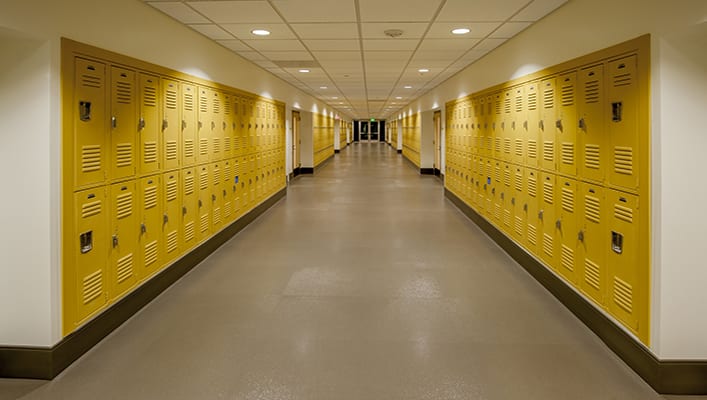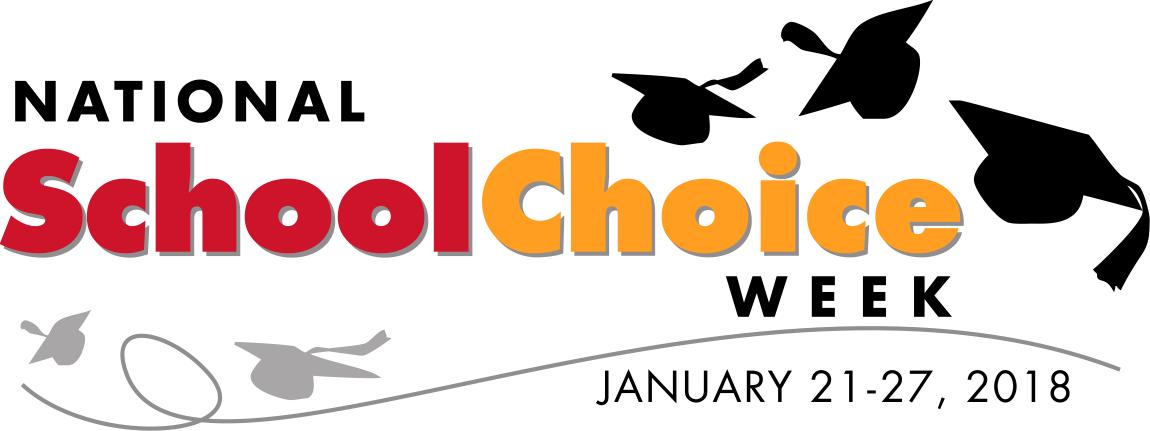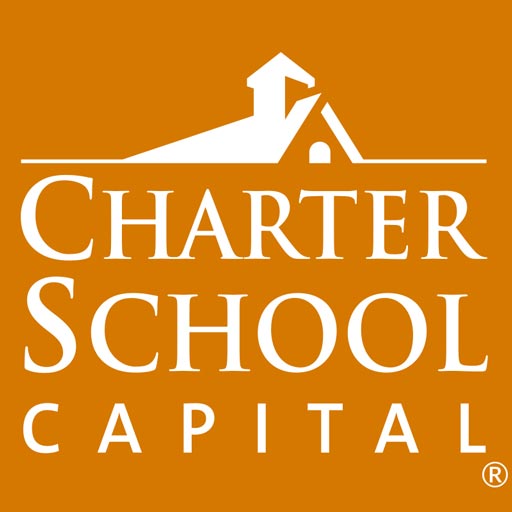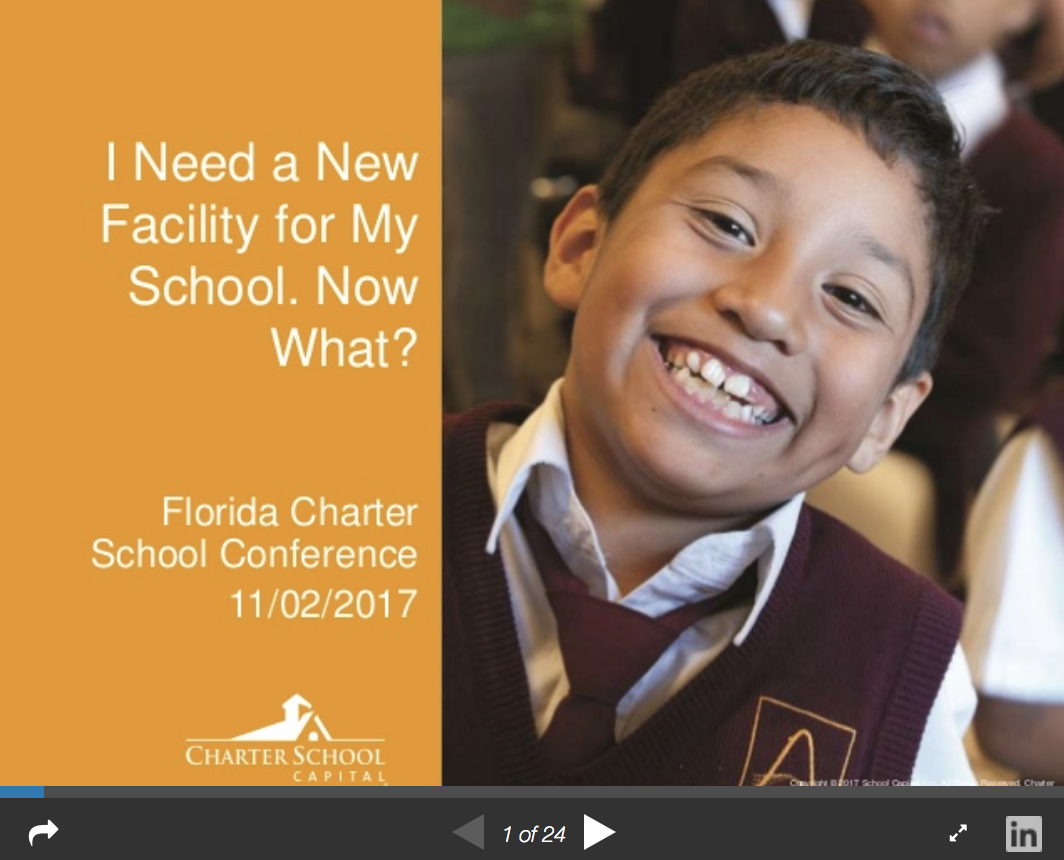Editors Note: This post was originally published here on 12/13/2017 by National Alliance for Charter Schools, and authored by Stephanie Vittitow. We think it’s vital to keep tabs on the pulse of all things related to charter school facilities and growth and therefore, hope you find this—and any other article we curate—both interesting and valuable.
Phi Delta Kappan (PDK) recently found that 17 percent of parents would choose a public charter school for their child if location and capacity were not an issue. And just last month, EdChoice found that 16 percent of parents would like to send their child to a public charter school—which is up nine percentage points since 2013. Together, these two surveys indicate that the potential number of charter school students in the U.S. is between 8 and 8.5 million. In 2016-17, there were just over 3 million charter school students. This means that the potential size of the charter school sector—based on current parent demand—is almost three times larger than what it is today. In order to satisfy this demand, the sector would need to open, and find suitable homes for, thousands of charter schools over the next 5 to 10 years.
The Charter School Facilities Initiative (CSFI), a national research project and partnership, has studied charter school facilities and facilities costs in 19 states. Over the past three years, the CSFI team has conducted five charter school landscape surveys: Ohio in 2014-15, Albuquerque and Delaware in 2015-16, and Colorado and New Hampshire in 2016-17. These recent surveys are indicative of broader national trends and these five locations represent more than 650 charter schools – or nearly 10 percent of all charter schools nationwide. Across these five locations, charter schools face clear challenges in acquiring and paying for suitable facilities:
- The majority of charter schools (53 percent) were renting or leasing space from a non-profit organization or a commercial entity. In fact, only 27 percent of charter schools had constructed their own building. The remaining 20 percent were located in a district or government building (16 percent) or had a mixed ownership structure (4 percent). Not surprisingly, nearly half of charter schools (49 percent) were located in buildings that were not originally intended to be a school.
- Nearly half of charter schools (49 percent) were in school buildings that did not have space for their anticipated enrollment in five years. Parent demand for charter schools is increasing, but facilities constraints are restricting supply. For charter schools that were planning to grow but were limited by their current school building, only 51 percent had developed a specific, feasible plan to construct or acquire additional space.
- Nearly one in five charter schools (17 percent) had to delay their opening date by a year or more due to facilities related issues. The inability of new charter schools to find an adequate and affordable school building is a major barrier to the continued growth and health of the sector. Facilities related issues have discouraged countless other developing groups from submitting or completing their application.
- Charter schools spent an average of $748 per pupil on rental and/or financing payments after accounting for any state facilities assistance. This spending on facilities diverts critical funds away from the classroom and limits programming options for charter school students. In addition, 40 percent of charter schools completed a major capital project in the past five years in order to renovate, upgrade, or otherwise maintain their facilities—and the median capital project cost nearly $500,000.
- Forty percent of charter schools did not have the ideal amenities, nor desired specialized classrooms, to best implement their educational model. Most instruction during the school day takes place in general classrooms; however, specialized instructional spaces, such as science labs, libraries, and computer labs, are an important part of a comprehensive educational program—and charter schools often go without these types of spaces.
The lack of affordable and adequate school buildings limits the growth of high-performing operators, limits the ability of new and independent charter schools to open, diverts critical funds away from the classroom, and limits programming options for charter school students. Congress should work to expand access to programs that help charters schools obtain school buildings—not take them away. In addition, states and districts should also provide charter schools with equitable access to public space. Without equitable access and resources, millions of students and families will continue to wait for a seat at one of these innovative public schools.
Do you need to expand, renovate, or move your charter school? We’d love to support you. It’s our mission to help you educate more students, so we focus on providing products and services that enable you to meet – and exceed – both your growth and facility goals. When you succeed, we succeed—it’s that simple.
We’ve reached out to our network of charter school experts for best practices and strategies for success at every stage of maturity. So, whether you’re just beginning the process of starting up a charter school, looking to expand or trying to prioritize your next steps, download our Charter School Growth Manual to get expert tips and pitfalls to avoid as you grow.




 Happy New Year!
Happy New Year!
